Top 3 Cost-Effective Tripal in Nepal: A Comprehensive Guide
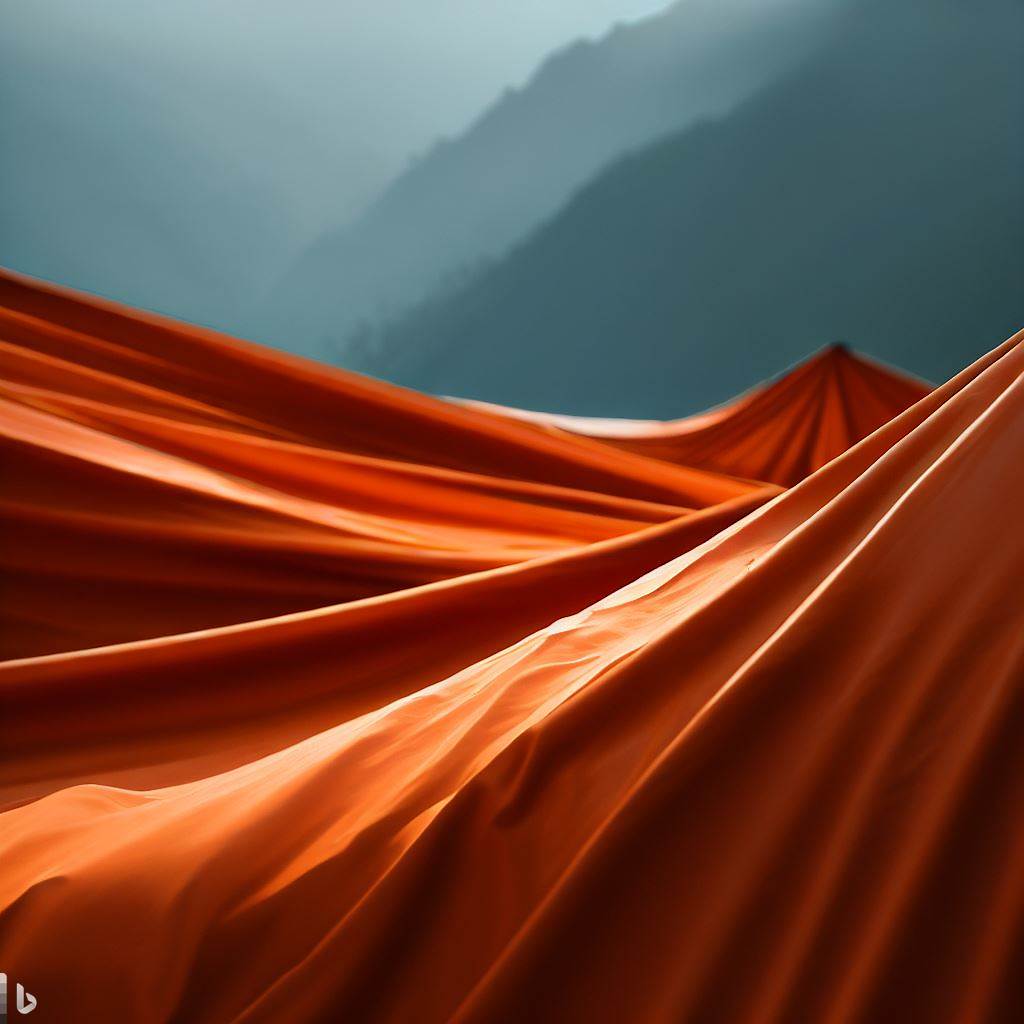
Tripal, also referred to as tarpaulin, is a useful material with numerous uses. In Nepal, where extreme weather conditions are common and the economic situation is pretty rough, cost-effective tripal in Nepal is especially useful as it can protect goods, crops, and even people from the elements. It can be employed effectively for activities ranging from protecting items when stored outdoors to providing coverings in homes and businesses.
The strong fabric offers protection against the elements while allowing users to customize its looks according to their needs.
Things to consider before buying a cost-effective tripal in Nepal
One of the main factors to consider when purchasing a tripal is its GSM or grams per square meter. The GSM of a tarpaulin increases its durability and weight, however, it will also increase the cost associated with purchasing it. Here, we will discuss the pros and cons of the three cost-effective tripal in Nepal, which are Orange-Blue (120 GSM), Silver-Black (130 GSM), and Check-Blue (90 GSM).
Top 3 Cost-Effective Tripal in Nepal
-
Orange-Blue Tarpaulin (120 GSM)
This type of tripal is a popular choice for farmers and construction workers as it is lightweight and easy to handle, but still durable enough to withstand heavy rain and wind. The orange color makes it highly visible, which is ideal for safety purposes on construction sites or when transporting goods.
Pros:
- Lightweight and easy to handle
- Durable and can withstand heavy rain and wind
- Highly visible due to the bright orange color
Cons:
- Not as heavy-duty as other types of tarpaulins
- Not suitable for long-term use in extreme weather conditions
-
Silver-Black Tarpaulin (130 GSM)
This type of tripal is slightly heavier than the Orange-Blue tarpaulin and is known for its reflective properties, which make it an excellent choice for providing shade in hot weather. It is also resistant to mildew and UV rays, which means it can last for a long time without showing signs of wear and tear.
Pros:
- Reflective properties provide excellent shade in hot weather
- Resistant to mildew and UV rays
- Durable and long-lasting
Cons:
- Heavier than Orange-Blue tarpaulin, which can make it more difficult to handle
-
Check-Blue Tarpaulin (90 GSM)
This is the most affordable and lightest option among the three, yet it still offers reliable protection against nature‘s elements. Its robust construction can keep you safe no matter what mother nature throws at you! It is commonly used by farmers to cover crops and by households to protect outdoor furniture.
Pros:
- Lightweight and easy to handle
- Affordable
- Protects from the elements
Cons:
- Not as heavy-duty as other types of tarpaulins
- Not suitable for long-term use in extreme weather conditions
When opting for a cost-effective tripal in Nepal, it is important to consider the specific weather conditions and intended use of the tarpaulin. In the summer months, it is wise to choose a tarpaulin that provides shade and reflects heat. In rainy seasons, however, you should prioritize durability and waterproofing in your choice of tarpaulin material. This way, you can make sure that whatever weather conditions arise your outdoor area is safe and comfortable.
Looking for other types of Tripal/Tarpaulin available in Nepal? Check our guide on all the types of tripal available in Nepal
Tips to follow when using Tripal in Nepal
After buying a cost-effective tripal in Nepal it’s important to use it in the correct way for its longevity. To ensure the tripal is used to its full potential, it is important to properly install and secure it. Here are some steps to follow when using tripal in Nepal:
- Choose the appropriate size and type of tripal for the intended use.
- Clean the surface where the tripal will be placed to ensure there are no sharp objects that could tear the material.
- Lay the tripal over the surface, ensuring it is evenly distributed.
- Secure the tripal by tying it down with ropes or bungee cords.
- Check the tripal regularly for any signs of wear and tear, and make any necessary repairs or replacements.
In conclusion, tripal is a cost-effective and versatile material that can be used for a variety of purposes in Nepal. By understanding the different types of tripal available and their specific strengths and weaknesses, it is possible to choose the most suitable option for any given situation. With proper installation and maintenance,

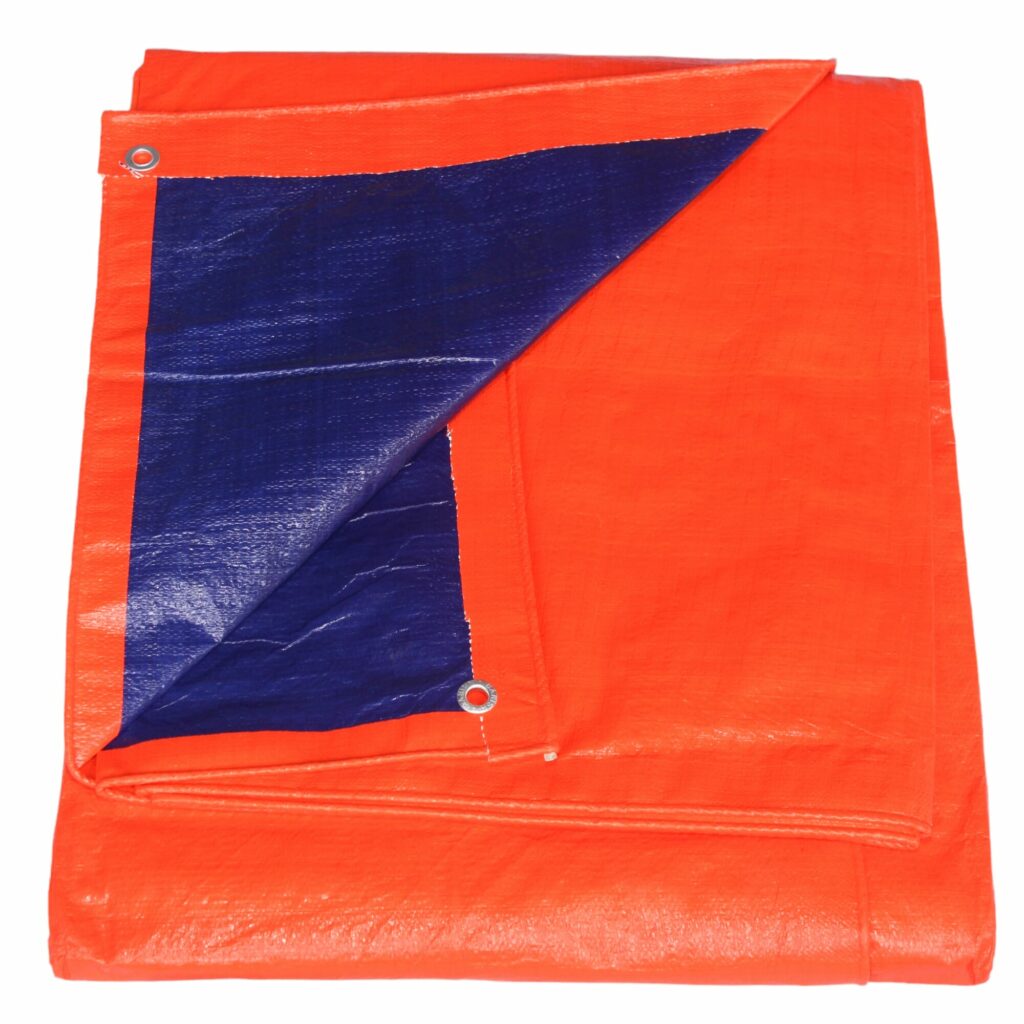
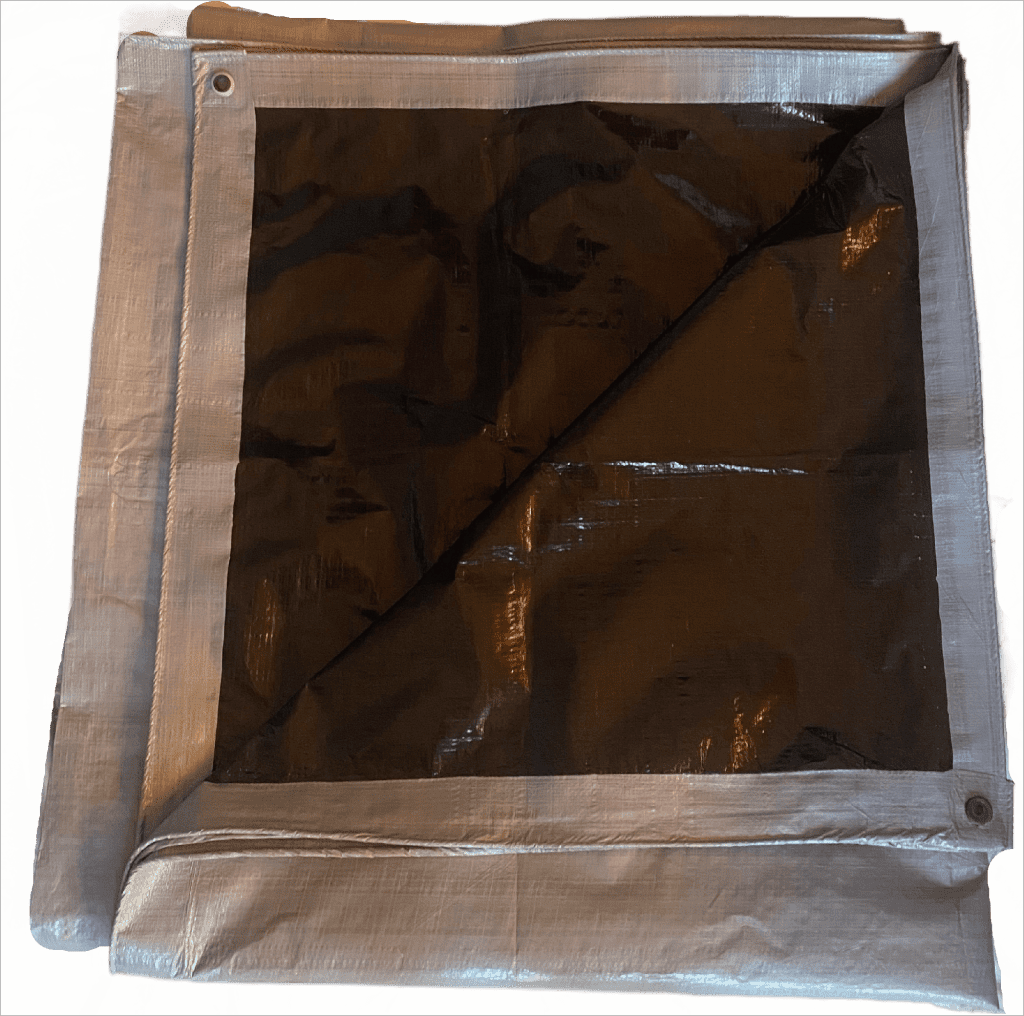
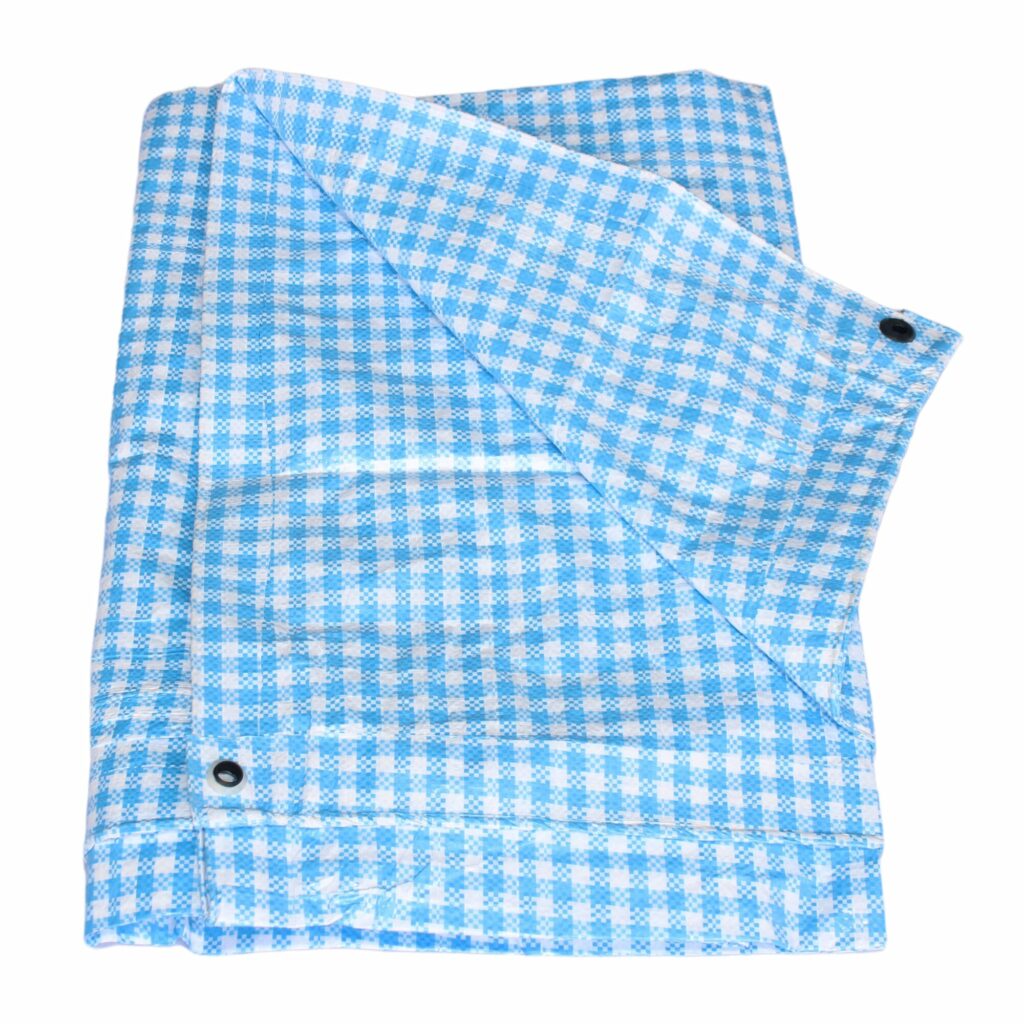
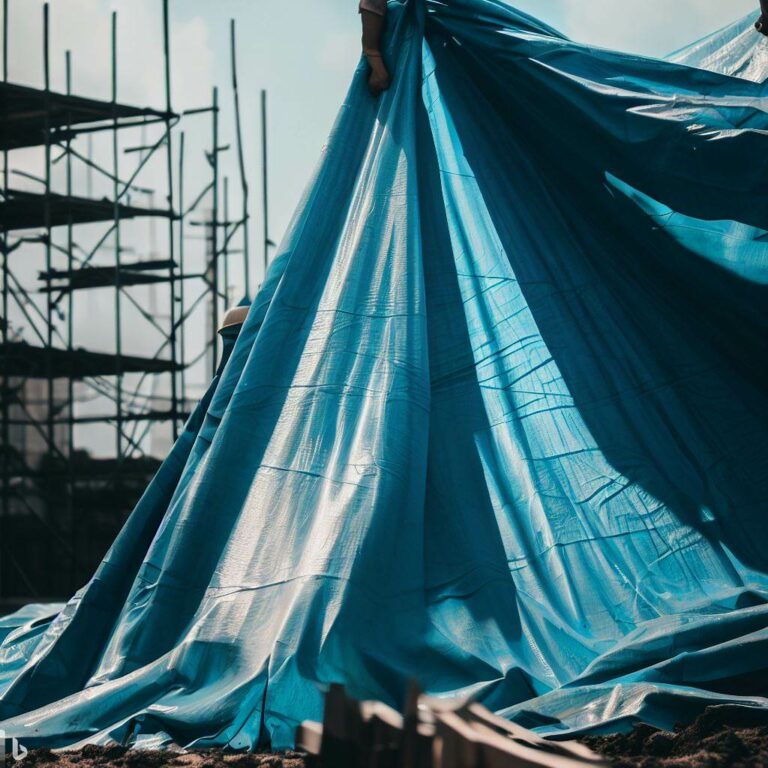
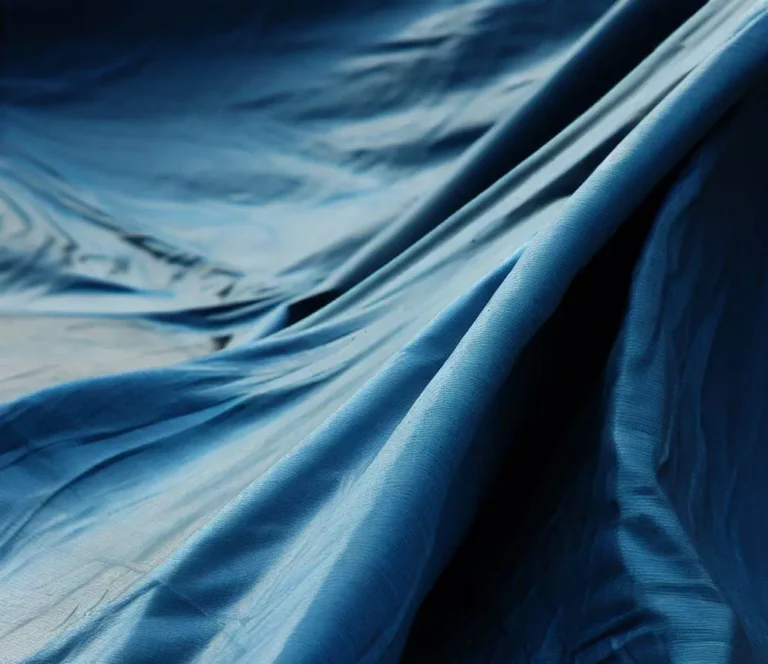
I am intrested in your tripal product can you connect with me wholesell . I have wholesell shop at sarswotinagar kapan road
Contact us at 9855063009, 9806842479 on whatsapp